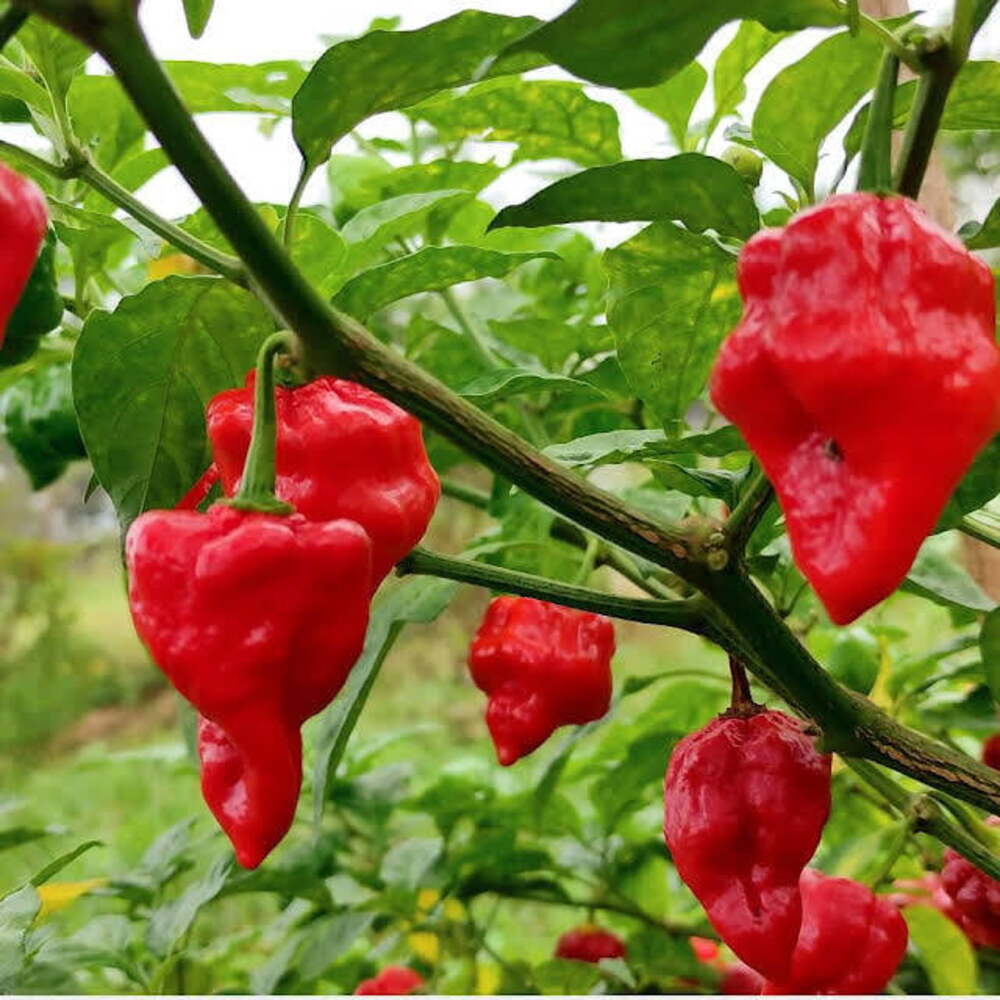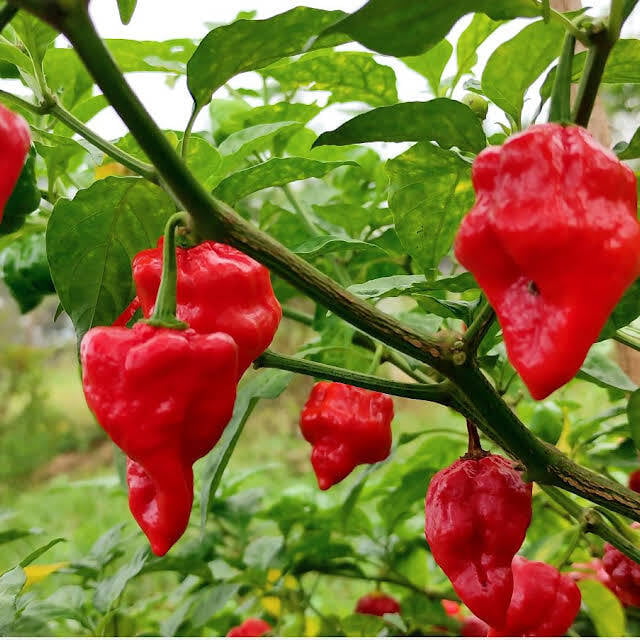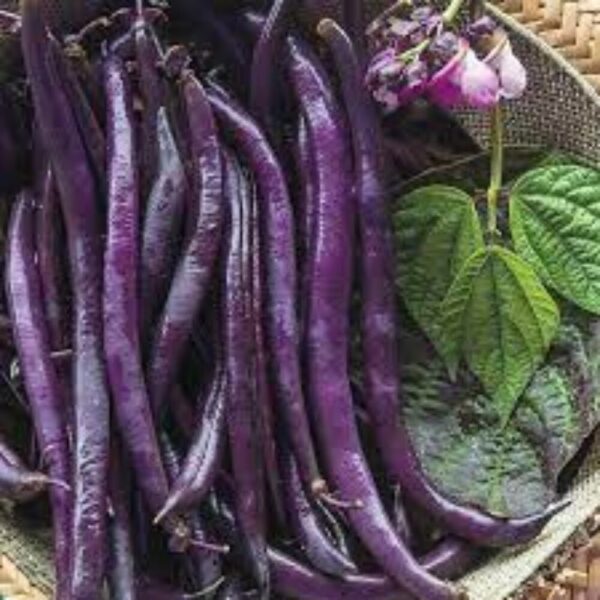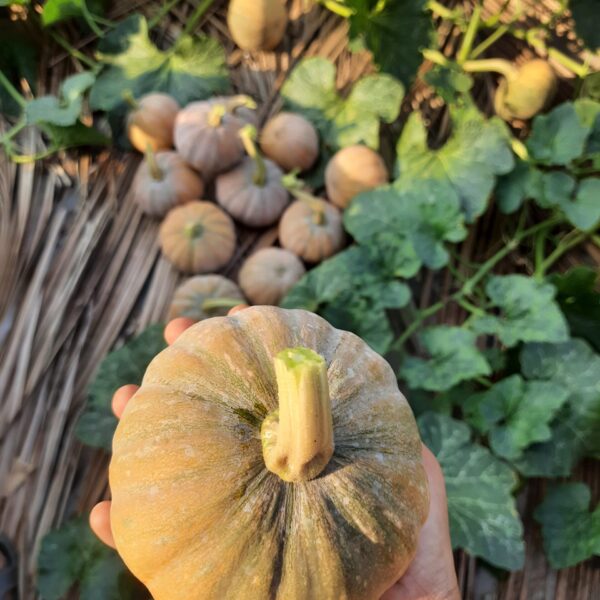Heirloom Scotch Bonnet/Ghee Chilli Seeds
Heirloom Scotch Bonnet/Ghee Chilli Seeds
Quantity: 50 seeds
If you want to smell ghee in your recipe, this is a must addition. This variety is known popularly as ghee chili due to its unique ghee flavour. It is also called as scotch bonnet.
The Scotch Bonnet chili is a variety of chili pepper known for its distinct shape, vibrant colors, and intense heat. It is particularly popular in Caribbean cuisine, where it is a staple ingredient in many dishes.
Heirloom Scotch Bonnet/Ghee Chilli Seeds
Characteristics Appearance: The Scotch Bonnet chili is named for its resemblance to a Scottish tam o’ shanter hat. The peppers are typically about 2.5 to 4 cm in diameter and can be yellow, orange, red, or green.
Flavor: It has a fruity, tropical flavor with hints of sweetness, making it a unique combination of heat and flavor.
Heat Level: Very hot, with Scoville heat units ranging from 100,000 to 350,000. It is comparable to the Habanero pepper in terms of heat.
Texture: The flesh is thin, which makes it suitable for quick cooking and easy drying. Climate and Soil Requirements Climate: Scotch Bonnet chilies thrive in warm, tropical climates. They prefer temperatures between 24°C and 32°C. Soil: They grow best in well-drained, fertile loamy soil with a pH between 6.0 and 6.8. The soil should be rich in organic matter to support robust growth. Planting Season: Best planted at the start of the warm season, typically in early spring (March to April).
Seed Sowing: Seeds should be started indoors 8-10 weeks before the last expected frost date. Sow seeds 1 cm deep in seed trays or pots.
Transplanting: Transplant seedlings outdoors when they are 6-8 weeks old and after the danger of frost has passed. Harden off the seedlings by gradually exposing them to outdoor conditions. Spacing: Space plants 45-60 cm apart with rows 60-75 cm apart to allow for adequate growth and air circulation.
Land Preparation Plowing: Prepare the land by plowing thoroughly to create a fine tilth. Incorporate well-rotted compost or manure to enhance soil fertility. Bed Preparation: Raised beds are beneficial to improve drainage and prevent waterlogging.
Irrigation Watering: Regular and consistent watering is crucial, especially during flowering and fruiting stages. Keep the soil consistently moist but not waterlogged. Frequency: Irrigate every 5-7 days, adjusting based on soil moisture levels and climatic conditions.
| Weight | 12 g |
|---|---|
| Dimensions | 11 × 8.5 × 11 cm |








Reviews
There are no reviews yet.